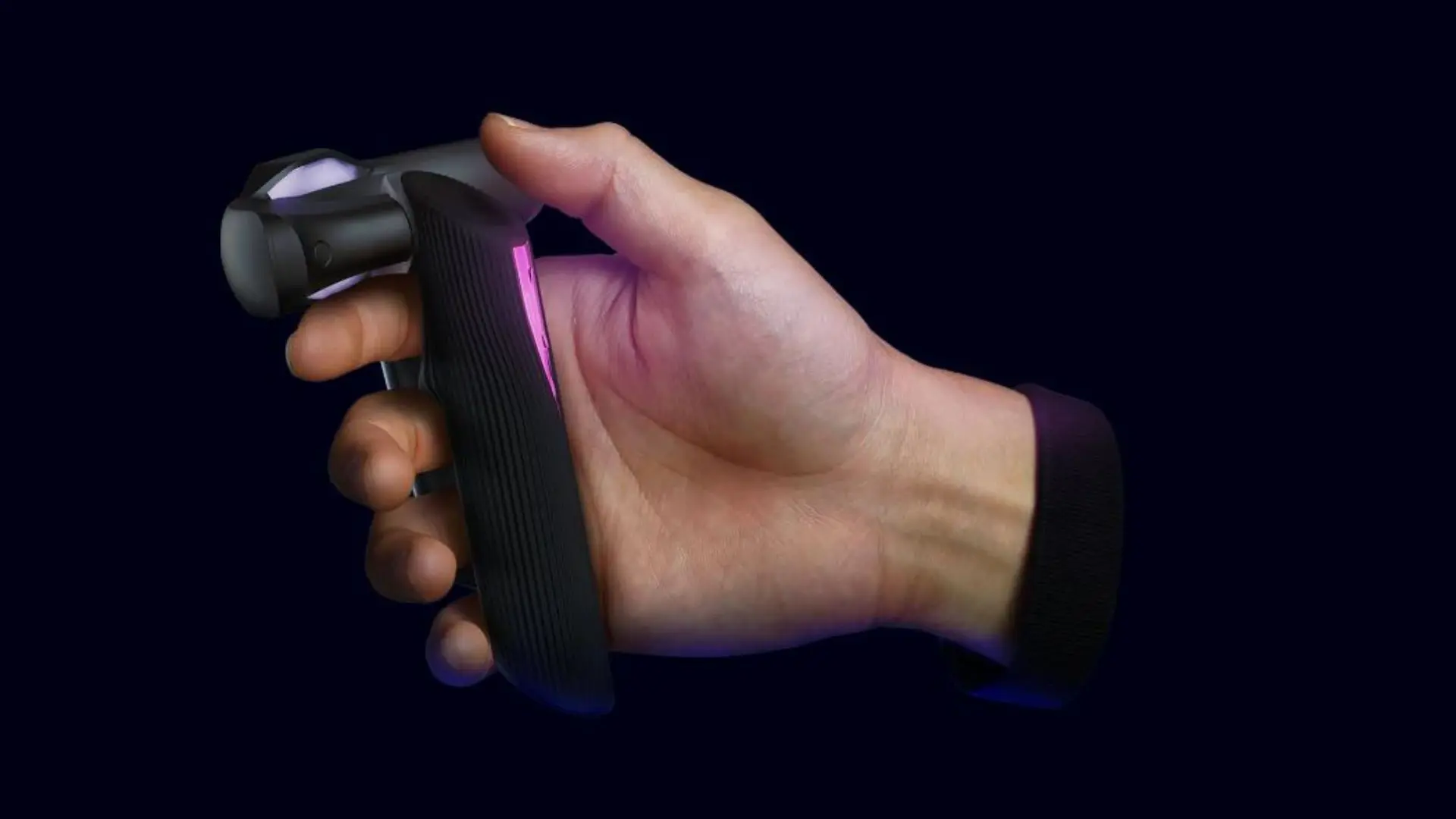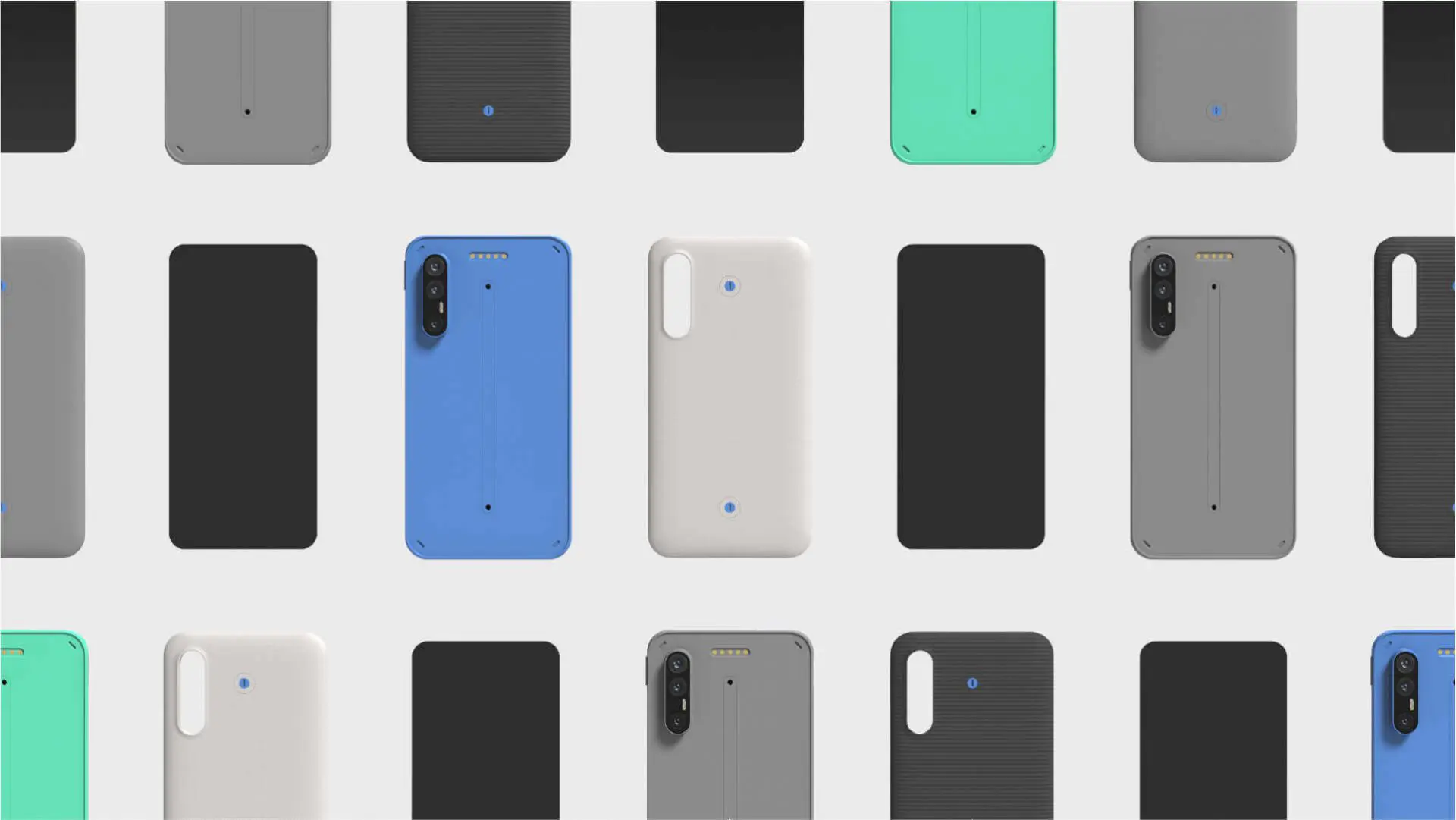A mirrorless camera that is redefining minimalist design
The Sigma BF challenges the prevailing trend of feature-overload by stripping the camera back to its fundamental elements, inviting photographers to rediscover the craft through purposeful interaction.

The Sigma BF is not your typical mirrorless camera. With a bare aluminum unibody, a minimal interface and simplified interactions, it feels more like a luxurious accessory than a functional device. Designed with a clear architectural logic, it strips photography back to its fundamentals: a sensor, a lens mount, and a handful of physical controls. In the pursuit of radical simplicity, the Sigma BF attempts at a new way of encountering the art of photography.

Its name, BF, stands for “beautiful foolishness”, a line taken from a poem in a Japanese treatise called The Book of Tea. Its meaning is a statement about letting go of the worries of life and appreciating instead the pleasures of simply being, a mindset that has to be truly understood by a photographer operating this camera. Lacking conventional features like a viewfinder or removable storage, user possibilities are severely limited, as its minimality is not just aesthetic but functional too.

The chassis is a unibody block of aluminium, milled from a solid billet over the course of seven hours. The result is 446 grams of metal minimalism, free from traditional design elements like a hot shoe, a grip, or a tilting screen. There are just four buttons: a shutter, a power switch, and two haptic-feedback controls, the user interface is a careful study in reduction. The BF is the first mirrorless camera to incorporate pressure-sensitive haptic buttons, replacing traditional switches with a lighter alternative that offers a precise, tactile response. This not only reduces physical wear over time but maintains the kind of controlled, responsive feel expected by serious users.

Central to the user experience is the innovative status monitor: a tiny secondary display dedicated to showing key shooting information, which displays one active setting at a time instead of having a complete overview. It’s a small but significant feature, allowing photographers to make rapid adjustments without cluttering their frame or digging through menus. This separation of functions gives the camera a clean and meditative flow, though it does demand a learning curve.

The Sigma BF invites a serious question for designers: at what point does deliberate reduction begin to get in the way of practical use? Stripping a camera back to its essentials can heighten focus and clarity, but it can also introduce friction, especially when core photographic functions are just not there, like the comfortability of an EVF, or the possibility of using flash. The lack of a grip, for example, may suit the camera’s clean silhouette, but it compromises ergonomics in extended use. The absence of wireless connection and the reliance on internal storage makes workflows more inconvenient than they need to be.

In the end, this camera is not meant to please everyone. Reinforcing reflection and poetics over usability does not make the Sigma BF unusable by any stretch, but it does make it appealing for a rare subset of casual photographers, those who see beauty in elemental design, and who don’t mind working around a few limitations in exchange for clarity of purpose.





